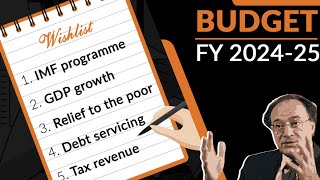The US Navy unveiled a major update of its energy policies ashore on Tuesday, calling for improved efficiency, greater conservation and increased use of renewable power to cut energy consumption in half at bases worldwide by the end of the decade.
Vice Admiral Phil Cullom, deputy chief of naval operations, said the first updated energy policy for shore installations in 18 years was aimed primarily at improving energy security for the Navy's 70 bases and other facilities worldwide.
"Energy security is a strategic imperative and it applies to both ashore and afloat," Cullom said in a telephone briefing on the policy. "The instruction that has just been published is ... the latest example of how we're driving a Spartan energy ethos."
He did not say how much the Navy planned to invest toward reaching the goals of the new policy.
The Navy has established a goal of cutting its power consumption in installations ashore in half by 2020. The Navy also wants half of its energy to come from renewable sources by the end of the decade, and it wants half of its installations to be net-zero consumers of energy by then.
The goals are part of President Barack Obama's "all-of-the-above" push to boost green energy production and reduce US dependence on foreign oil. The administration set a goal in April for the Pentagon to produce three gigawatts of solar, wind and geothermal power on US military bases by 2025.
The green energy drive came under fire in Congress after the Navy paid high prices for test batches of biofuel for use in jets and ships. It paid $424 a gallon in 2009 for an algae-based oil and nearly $27 a gallon for biofuels for next week's first test of a Navy strike force powered mostly by alternative fuel.
Lawmakers angry over the cost are pushing legislation in Congress that would block the military from spending more on alternative fuels than it would pay for conventional petroleum.
Navy Secretary Ray Mabus has said the Navy does not plan to purchase operational quantities of biofuels until they can be bought at competitive prices.
Cullom said the Navy is beginning its push to reduce energy consumption ashore by installing advanced metering systems wherever possible to measure electricity, natural gas and steam consumption so officials know how much they are using.
Beyond that, he said, the Navy hopes to train military personnel about the importance of adopting the same conservative energy practices ashore that they need to use at sea.
"I can't overemphasize how important the culture change piece is," Cullom said. "You're trying to change the attitudes and the views of hundreds of thousands of people ... so that what they do on board ship is what they do at home."
The new policy calls for integrating "mission compatible and cost-effective renewable energy sources" into the power supplies at shore installations. The Navy already produces alternative power at some facilities - enough to power about 143,000 homes - and is working with partners on additional projects.
Cullom said the Navy used an analytical model to ensure that its spending on new energy technologies produced a favourable return on investment.
He said the new shore energy policy was radically different from the version published in 1994, with more focus on conservation. Back then, he said, the policy's main point was energy security and the Navy's need for assured access to power.
"We've undergone profound changes as a country, we've undergone profound changes as a Navy," Cullom said. "So this represents a fundamentally different view on it."
BR100
7,977
Increased By
398.8 (5.26%)
BR30
25,602
Increased By
1383.8 (5.71%)
KSE100
76,208
Increased By
3410.7 (4.69%)
KSE30
24,438
Increased By
1225 (5.28%)




















Comments
Comments are closed.